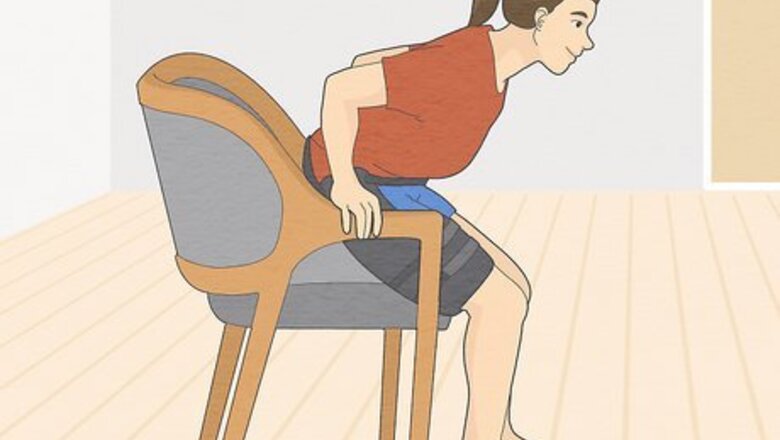
views
- Lower yourself into a seated position gently, using your arms to stabilize your body.
- Avoid sitting for too long, as it puts pressure on your pelvis. Instead, lay in bed with your body flat.
- Sleep on your back or on your side that’s least affected by your fracture.
- Use a pillow to prop your knees and keep your pelvis in a neutral position while you sleep.
Sitting and Sleeping
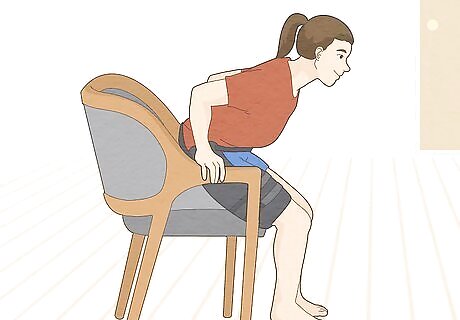
Lower yourself into chairs gently. Whenever you sit down, use your arms to stabilize your upper body. Grab the chair's arms with your hands and slowly lower yourself into a sitting position. This will help protect your pelvis and keep you stable as you sit. In the first couple of weeks after a pelvis injury, you may need help sitting or standing, which is completely normal.

Avoid sitting for long periods of time. Sitting puts pressure on your pelvis, which isn’t great for the healing process. If you’re going to stay in one spot for a long time, try laying flat in bed so your pelvis is in a neutral position. Even sitting in a recliner puts your pelvis in an unnatural position.

Sleep on your back or your side. When you have a pelvis injury, sleeping on your stomach is not recommended. You can sleep on your back, which keeps your pelvis in a neutral position, or you can sleep on whichever side is least affected by your fracture. For instance, if the fracture is on the left side of your pelvis, you can sleep on your right side.
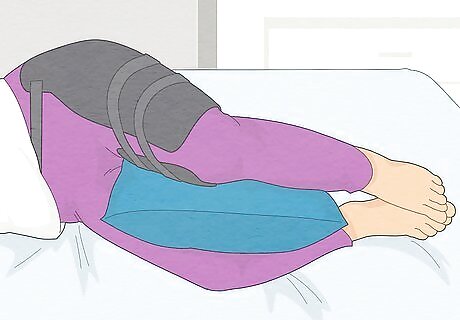
Position a pillow underneath or between your knees. Use a large body pillow to stabilize your pelvis as you sleep. If you’re sleeping on your back, lift your knees and slide the pillow underneath your legs. If you’re on your side, tuck the pillow between your knees to support your pelvis. When you get into bed, try to shuffle your bottom onto the bed as far as possible before lifting your legs up.
Pain Management

Ice the area for 10 to 20 minutes at a time. Ice helps reduce swelling and discomfort in your pelvis area. Use an ice pack or a cold compress wrapped in a towel, then place it against your pelvis. Icing for too long can damage your skin, so be sure to keep an eye on the time whenever you’re using an ice pack.
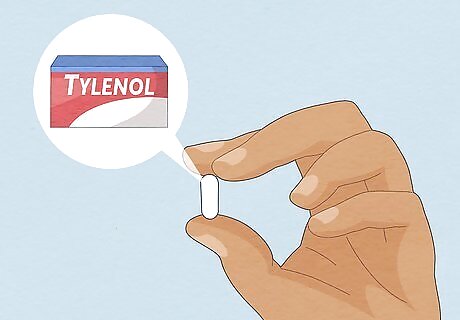
Take over the counter painkillers. Painkillers like Tylenol, ibuprofen, and Advil will all help manage your pain so you can sleep easier. If your pelvis pain tends to get worse at night, take a pain reliever about 1 hour before bed so it has a chance to kick in. Always follow the dosage instructions on the bottle when taking painkillers.

Use painkillers prescribed by your doctor if you need to. For severe pelvis fractures, your doctor may prescribe you pain medicine. If you’re having trouble sleeping or doing basic daily tasks, talk to your doctor about getting something stronger for your pain. The best way to promote healing is to get a good night’s sleep. If you’re having trouble sleeping, talk to your doctor.
Fractured Pelvis Treatment
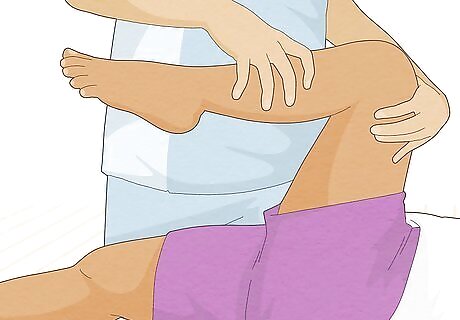
Work with a physical therapist. While your pelvis is healing, it’s important to keep your range of motion and muscle tone. Visit a physical therapist to learn specific stretches and exercises you can do to promote healing and keep your pelvis on the mend. A pelvic fracture can sometimes come with torn muscles. As these muscles heal and regrow, physical therapy will ensure that the muscles heal in perfect shape.

Use crutches or a walker for 1 to 2 weeks. Pelvis fractures typically heal in 3 to 4 months. Your doctor may recommend using a walker or crutches for the first couple of weeks as your bones heal. If so, be sure to use your walking aid for the recommended amount of time to help repair your pelvis. While it’s important to use a walking aid if your doctor recommends it, don’t use it for longer than you should. Relying on crutches or a walker could cause your pelvis to heal unevenly, and it may make your recovery time longer.
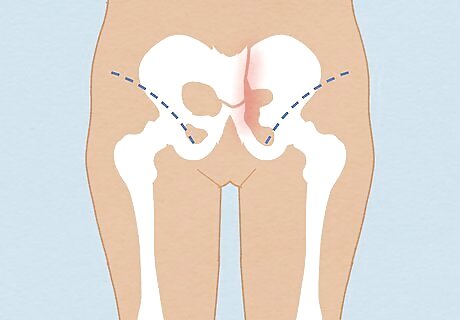
Get surgical treatment if recommended. In severe cases, your doctor may recommend surgery for your fracture. Typically, this will be done if your fracture is not healing well within a couple of months. During the surgery, your doctor will likely use a set of pins to keep your bones in place and fuse them together. Most cases of a fractured pelvis do not need surgical treatment.


















Comments
0 comment